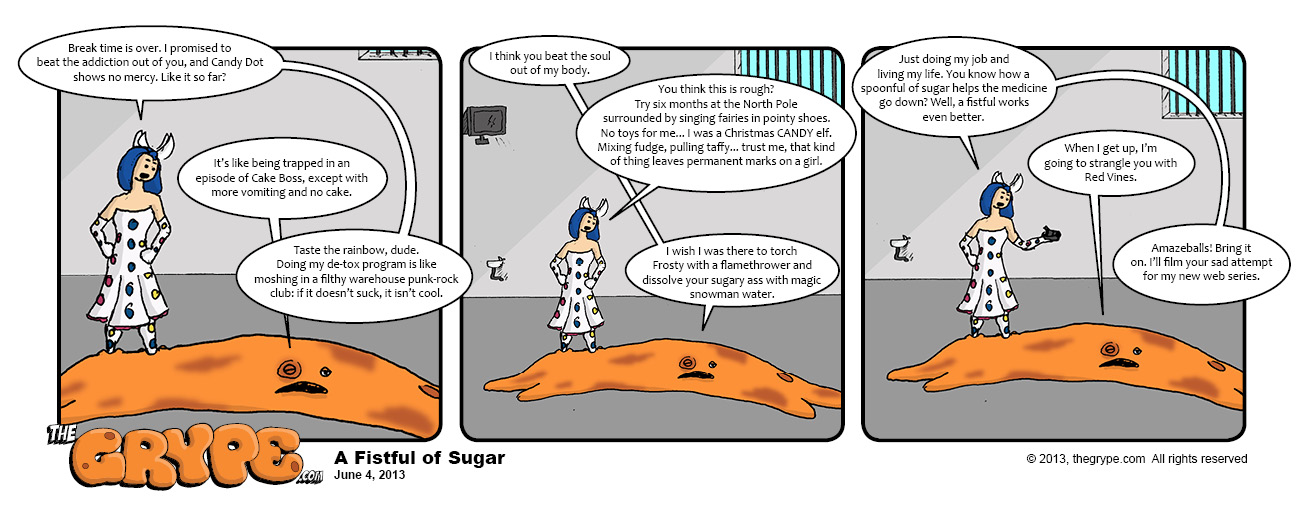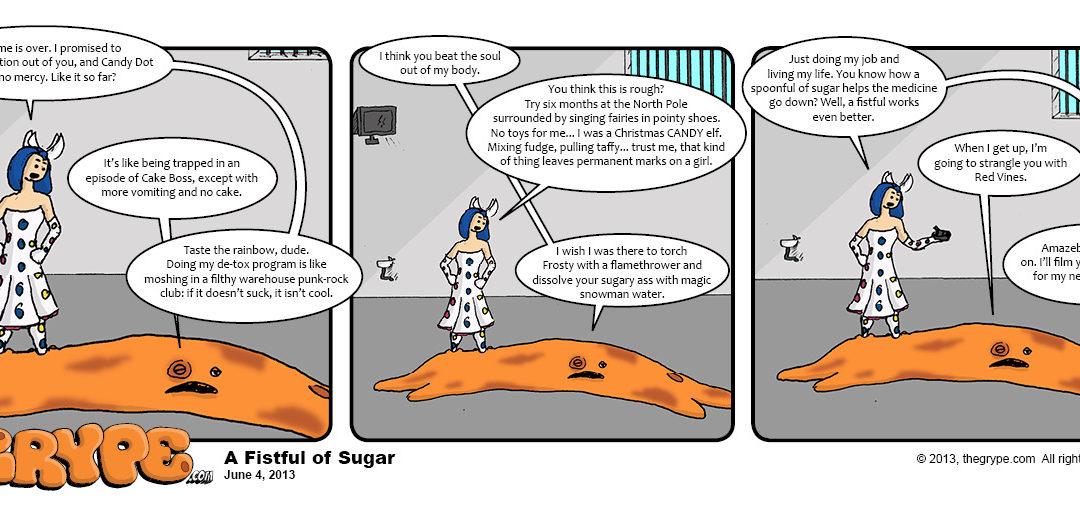 Meanwhile, back on the corporate shenanighans trail… has anyone enjoyed an ice-cold can of Coca-Cola Classic lately?
Meanwhile, back on the corporate shenanighans trail… has anyone enjoyed an ice-cold can of Coca-Cola Classic lately?
Nope. Because it no longer exists. What all Coca-Cola fans drink now (except for those who drink Coke imported from overseas, or anywhere it’s still made with 100% cane sugar) when they order a “Coke” is the same thing America threw a collective hissy-fit over back in 1985: we are now drinking “New Coke.” Except this time it’s not named that, so nobody seems to have noticed.
Historical flashback: Back in the late 1960’s, an impressive panoply of better-living-through-chemicals corporations industriously perfected High Fructose Corn Syrup as an alternative to natural cane sugar. Due to import tariffs (maintained by the US government), processed sugar is incredibly expensive to import into the USA in bulk. That makes HFCS much cheaper to use than cane sugar (plus over-consumption of it may possibly destroy the human body’s natural ability to regulate insulin, also when heated to a high temperature it degrades to form the bee-killing toxin hydroxymethylfurfural, but that’s a whole other discussion). The version of HFCS used in Coca-Cola is HFCS-55.
Get all that? The U.S. government creates and maintains a trade tariff on imported sugar to force American manufacturers to use the cheaper HFCS that’s created from corn grown by American Farmers as part of a massive government farm subsidy. I.E, the government wants us to eat shit made from corn at all cost. Of course by “government” I mean “minions of Monsanto.”
To save money, the Coca-Cola corporation slowly altered their original Coca-Cola formula by replacing the cane sugar with HFCS-55. So by 1985, the “classic” formula had already been tampered with and surreptitiously replaced with a sugar/HFCS-55 mix. But the Coca-Cola Corporation— afraid someone might notice the taste of their product was changing— decided to take the plunge and completely replace all cane sugar in Coca-Cola with HFCS-55, making it noticeably more sweet and syrupy. In a bold act of sheer marketing genius timed to coincide with the 100th anniversary of their company, they invested countless millions of dollars initiating new production lines and designing new packaging… unveiling the new recipe as “The New Taste of Coke” (New Coke for short).
The whole country immediately let out a collective gag, and the bold new initiative flopped. To scrape the incredibly-expensive egg off their collective face, 79 days later the Coca-Cola Corporation re-introduced the old “mostly-corn-syrup-but-still-has-some-real-sugar” version under the nom du soda “Coca-Cola Classic” to thunderous applause. They then spent the 1990’s quietly phasing out all production of New Coke (now inventively named “Coca-Cola II“) as a separate product, though it lingered on in places like Guam and Papua New Guinea for decades. But Coca-Cola Classic was the winner, hands-down. Then, after all the hoopla faded (and under the cover of the advertising buzz created as the Coca-Cola Company rolled out variously flavored Coke derivatives—Cherry Coke, Vanilla Coke, etc.), guess what the good folks at Coca-Cola did?
They gradually and incrementally decreased the cane sugar content of Coca-Cola Classic until the recipe was identical to New Coke. And as of 2011, the title “Classic” was finally dropped from the labeling. Quite appropriately, as it turns out.
So, any late-end Gen-Xers or Millenials out there that think you never tasted “New Coke”— you’re wrong. You’re drinking it right now. HFCS-55 is apparently the choice of a new generation, considering it’s the only choice there ever really was.
That’s Coke. We’ll discuss the marketing dumbassery of Pepsi next week.

